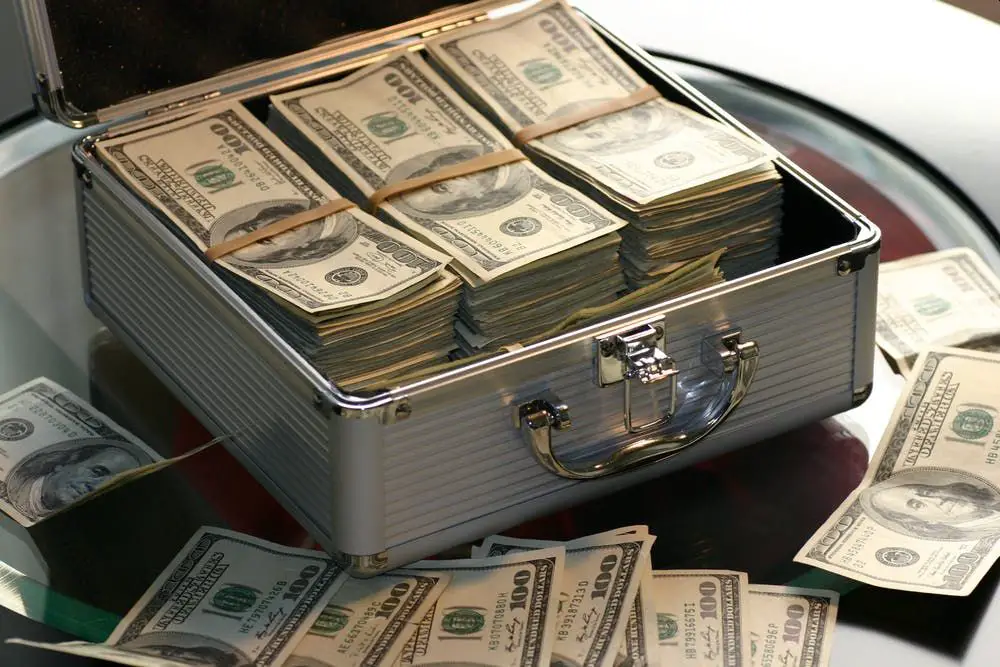How to Value Antiques
 Think Differently
Think DifferentlyHow to value antiques yourself using a quick ready reckoner system...
You can value antiques by beginning to think a little differently. In this post I'll show you exactly how.
Typically, people inherit some china from Gran, they wonder if its treasure or trash. It's probably somewhere in between. Before you decide whether to chuck or sell (on Ebay, Etsy, Facebook Markets, Craigslist, replacements websites or saleroom auction), try to stop for moment, look at your item closely and see which boxes it ticks.
Yes, you need to start thinking differently.
How? You need to start thinking in terms of categories of pricing bands based upon 'The 7 Simple Stipulations' (or categories) of.....
AGE - CONDITION - QUALITY - DESIGN
FASHION - RARITY - NOTABILITY
Think about these stipulations as being 'category' boxes your item could or should be ticking. More about these 'value antiques by category' boxes in a minute....
 Do some box ticking
Do some box tickingThe secret of how to value antiques is that each of these category stipulations ticks a BOX.
Tick all seven and you have just won the jackpot.
Tick none and you have the booby prize.....
Most items fall in between - this is the sweet spot if you a bit of a hustler. The middle is always where the real money lies.
THE READY RECKONER SYSTEM
This ready reckoner is only a guideline. You must get your item checked out by an expert if you are ticking more than a few boxes. Here we go! Here's the money ready reckoner:-
Zero boxes ticked = Likely worthless
One box ticked = Less than $20
Two boxes ticked = $20 – $100.
Three boxes ticked = $100 – $200.
Four boxes ticked = $200 – $300.
Five boxes ticked = $300 – $1000.
Six boxes ticked = $1000 – $2000.
Seven boxes ticked = $2000 – $5000
All 7 boxes ticked plus emotional/sentimental value AND extreme rarity AND extreme quality AND extreme notoriety, sky is the limit and what newspaper headlines are made of
= $5000 – $50,000,000
 kerching
kerchingOkay, so for further explanation of these categories, scroll below, but first, if you are getting hooked on how to self-research values by exploring the numerous hidden online price lists click on ther banner below to get my free mini-guide download (opens page in a new window, so you can come back to this 'how to value antiques' article easily):
Here's How the Categories work
Box #1. AGE
There can be a difference in value say, between antique and vintage. Antique tends to fetch more. However, don't forget, they made inferior stuff back in the day, too.
But how do you know just by looking at it whether it's old or not, and if so, how old? Well, using logic, look at the evidence. Where did this piece come from (they call this 'provenance' - which is a fancy term for origin, history and ownership). Was your Gran a knowledgeable collector? Did the thift store/charity shop not realise what they had? Was there a lost treasure in the car boot/garage sale?
The likely answer is that it's much more likely to be vintage than antique - there's just more of that stuff around - most of it run of the mill.
Most older antique items that tick several boxes give themselves away just by looking at them. There is time and skill spent on the shape, decoration and finish. Valueable old stuff tended not to be knocked up for mass production and a quick buck. Exceptions being Stafforshire flatbacks and Victorian fairings. However, those items still give themselves away by being .... well, cute to look at - they tick several other boxes other than age.
Box #2. CONDITION
Condition matters. Collectors pay for tip top condition. No damage, no chips, minumum wear and tear. So this box matters. A damaged/worn item might be worth a third or less than a pristine item. Don't try to value antiques without giving them a proper eyeballing.
Box # 3. QUALITY
Just think how much skill, time, engineering, artistry, cultural identity, and political backing that went into the making of a Qing vase. No wonder they reach top prices. They are clearly one of the peaks of human achievement in any fiield let alone ceramics. Think about this when you consider quality and work down from there. How much pure unadulterated craftmanship do you see in the piece you are looking at?
Box # 4. DESIGN
So, with this category, a little design quality can go a long way. For an example, just look at the designs of Clarice Cliff or Susie Cooper. They were in league with fairly run of the mill earthenware makers yet their wares became sought after. They had a voice in the organisation and were able to have their way. Shelley, Tuscan, Franciscan and Paragon to name but a few were makers who prided themselves on their design values and so their values tend to hold up, even when times when china is out of fashion. Here's a clue, the designers were in charge of the aesthetics, not the accountants. Ask yourself this:- Does your item look like it was the pride of a designer's eye, or was an accountant behind it? Moral: Value antiques and vintage wares by carefully considering the design value of your item.
Box # 5. FASHION
Speaking of fashions. There will always be the ebb and flow of contemporary tastes which put a premium on prices. Just the opposite if the thing is deemed to be Grannie's trinket. Bear in mind though, just at the moment when the general public is putting the most hate onto old stuff, the fashion police are just beginning to take a second look. Just saying... Take a second look at these here boxes before you get a bit premature and throw out the wrong thing just as it's becoming right. Fashion is always a factor in how to value antiques.
Box # 6. RARITY
Well, now here's one of the most important boxes. It can override most of the others in a single bound. Yes, it's a super-box, but only when combined with the next box #7 Notability. So, how do you know if something is rare? Well, look it up on the greatest database ever available to mankind - the internet. Describe what you see in your own words and use lots and lots of search term variations. If you do this and find nothing, then your item is rare. However, something can be rare and old for that matter, but if it's not sought after by any kind of enthusiastic group of avid collectors, then it doesn't have much of a monetary value. I say monetary because, it may well be extremely interesting and even tick a couple of other boxes like age, condition and quality, but if it has no eminence, then it does't have monetary value.
Box # 7. NOTABILITY
Notability is defined as 'the state or quality of being eminent'. So this is the other super-box, possibly the single most important in how to value antiques. All the others are important of course, but the last two are make or break with regard to monetary value. A great example of how this works is that until 1911, the general public had not really heard of the Mona Lisa by Leonardo Da Vinci. It was just another small (but amazing renaissance painting in another big art gallery. But then one day in 1911, it went missing. There was an uproar and the publicity lasted years, until it was found and the thief put in prison. That notability never went away. Today, for reasons other than the paintings brilliance it is a shining beacon for art and the value of it. Had the theft been of another painting, the Mona Lisa would be unlikely to have such pre-eminence. The takeaway here is that some stuff becomes eminent due to accident, or by ticking a few of the above boxes and people get to hear of it. There naturally follows enthusiastic and avid collectors - who are willing to pay top dollar.
So, to conclude,
Take a good look at your item with new eyes. You now have a new way to value antiques that you might not have though of before. Now it's time to start your own research online properly. My own starting place tends to be liveauctioneers.com - a literal world of auction saleroom lots going back more than 10 years featuring every imaginable type of fine china and ceramics - as well as every other type of antique you can mention. I have no affiliate links with them, I just use the site for price research.
Quite a few of my visitors go there, and can't use the archives though, so if you want to know how to filter down to the results, contact me as I am thinking of writing a guide and need some help with the content - just email me here saying about this post.
I have already written 3 free mini guides on how to research online, so if you want those to keep and use as reference click here and I'll email them to you....
@theclayartist.comReturn from 'how to value antiques by category' to the previous value of antiques page or alternatively back to the main antique china valuations page
